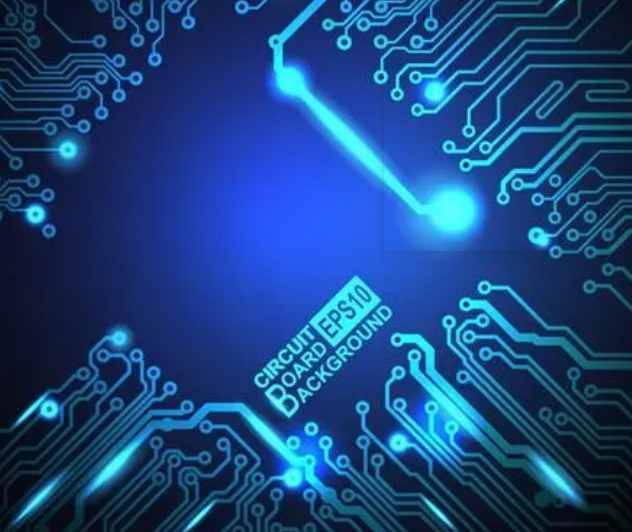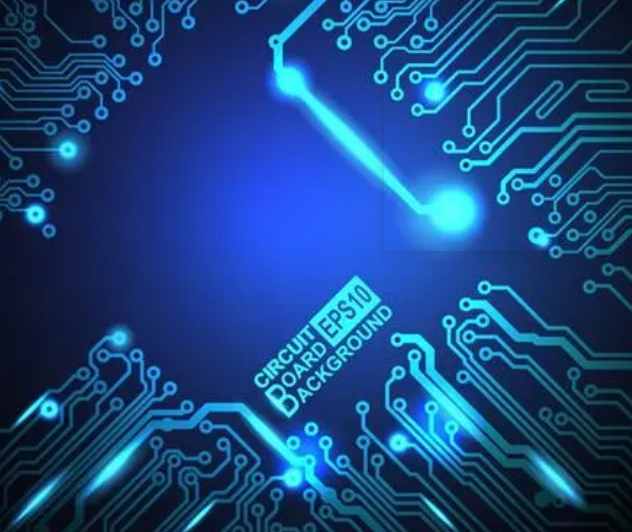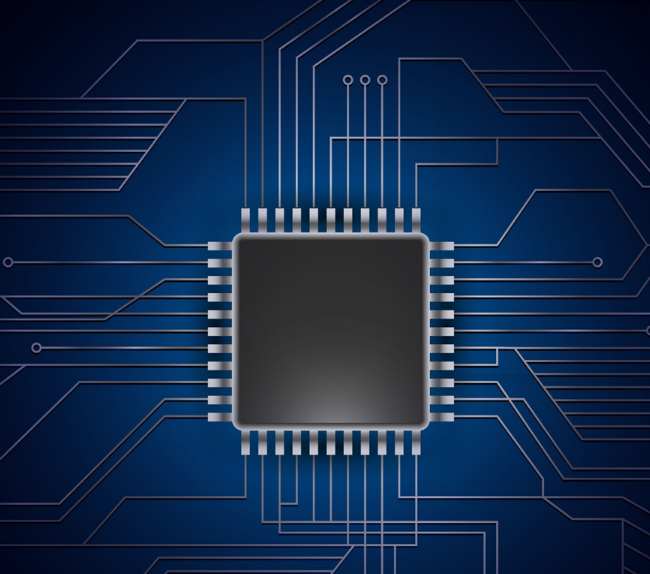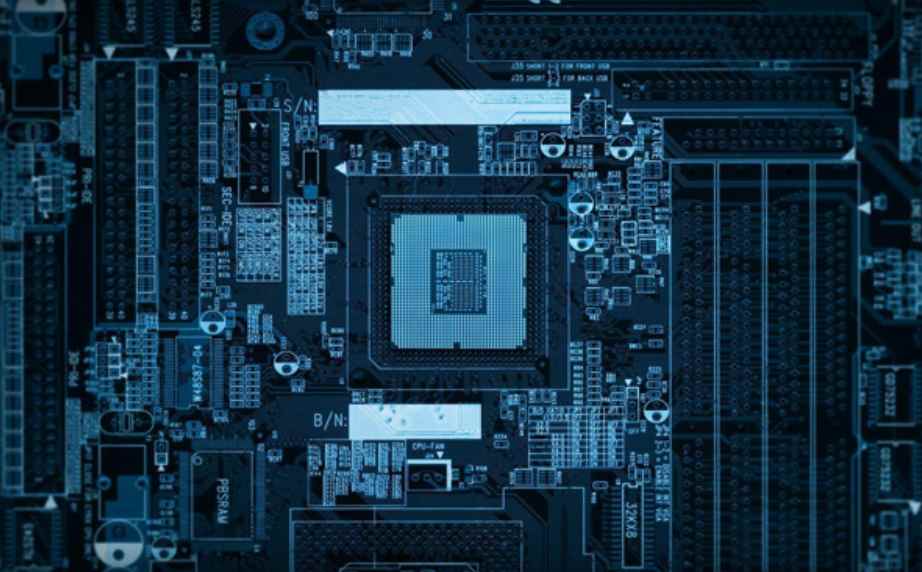
The second application of parallel design technique is automatic PCB routing. Distributed automatic routing has been the "powerful weapon" of PCB routing software for many years. The IC cabler has previously been converted to run in a distributed environment. However, the PCB routing problem is quite different, and until now it has been thought that automatic wiring must be adapted to take full advantage of multiple computers working together on the same design. Software vendors and third-party engineers have also tried and failed to achieve acceptable performance improvements.
The new parallel design technique uses an architecture that solves most of the key problems in a distributed wiring environment. It knows how to prevent or resolve conflicts. Again, the server plays the role of design process manager, and requests from each auto-routing client are consolidated, checked, and broadcast to other clients in the server. All auto routing clients stay in sync, so there is little chance of a routing path collision when a new routing path is added locally.
Integrated efficient tools
Because circuit design is a process involving many steps and rules, the most efficient point-based tools must be tightly integrated for good productivity. Data and rules must flow smoothly throughout the design process.
The EDA industry has seen mergers and acquisitions on an unprecedented scale over the past 20 years, with the result that software vendors' design processes rely on the integration of many tools. In addition, large companies require tools from many software vendors to be integrated into their unique design processes.
The quick fix is to write an interface that converts the ASCII output of one tool into the ASCII input format of another tool. Doing so generates hundreds of ASCII interfaces, each designed to overcome common data model and rule incompatibilities.
The basic requirement for this integration approach is that all applications must have fully compatible data models. Each application may use different tools and different levels of automation to process the data, but each application must be able to accept and recognize changes so that it knows what to do next.
Parallel design techniques may also be used to integrate an application to perform a specific set of tasks, such as creating, laying out, wiring, and editing embedded devices. If so, then that application can be automatically restricted to only those specific features.
Circuit and PCB board design
Combining the techniques needed for parallel layout and parallel integration leads to an environment where multiple different applications of the design process can be integrated and used by multiple designers at the same time.
For example, applications such as schematic design, constraint management, layout design, 3D mechanical design simulation, and manufacturing can be integrated in a way that allows all of these applications to be put into use simultaneously, while updating and synchronizing all editing events throughout the design process. There may even be multiple similar applications in a mixed environment, such as multiple layout tools.
With multiple applications running at the same time, engineers can quickly understand the signal-integrity effects of the added path. For example, in a three-dimensional mechanical system designed for a cellular phone, the movement of components in the layout can be immediately updated and checked.
The ground wire is not only the equipotential point of the potential reference point, but also the low impedance loop of the signal. Its potential is not constant, and the most common interference on ground wires is ground loop interference caused by ground loop current.

(1) ground electromagnetic interference
The essence of ground wire is the low impedance path of signal backflow source. Because the impedance of the ground wire is not zero, it causes the formation of the potential difference at each point of the ground wire, resulting in the wrong action of the circuit and the formation of the ground wire interference. The ground impedance is mainly caused by the inductance of the wire, the higher the frequency, the greater the impedance, which is also the main factor causing electromagnetic interference. Therefore, reducing these interference focuses on reducing the impedance of the ground wire as much as possible, especially for digital circuits.
(2) ground loop interference
Due to the existence of ground impedance, when a large current flows through the ground wire, a large potential difference will be generated. As shown in Figure 1, due to the imbalance of the circuit, the current of each wire of the two high-power electrical appliances is different, resulting in differential mode voltage and loop interference. This interference is mainly generated by the loop current formed by the cable and ground wire, known as ground loop interference.
(3) public impedance interference
When multiple circuits share a ground wire, the ground potential of one circuit will be limited by the working current of another circuit due to the influence of the ground wire impedance. At the same time, the signal of one circuit will also be coupled into another circuit, forming common impedance interference. As shown in Figure 2.
3. The countermeasures of EMC design
Since the electromagnetic interference is mainly caused by the impedance of the power line and ground wire and the distributed inductance, according to Er=IR and EL=L (dI/dt), the faster the change rate of the current, the greater the induced voltage generated by the distributed inductance. In high-speed circuit board design, because the clock frequency is very high, and the current changes very fast, so "dI/dt" is very big, electromagnetic interference problem is more obvious and prominent.
3.1 EMC design and processing of power cord
(1) According to the size of the current of the printed board, increase the width of the power cord as far as possible to reduce the loop resistance. At the same time, make the direction of the power cord and ground wire consistent with the direction of data transmission, which helps to enhance the anti-noise ability.
(2) As far as possible to choose the patch component, shorten the length of the pin, reduce the decoupling capacitor power supply loop area, reduce the influence of component distribution inductance, is conducive to the realization of electromagnetic compatibility.
(3) A power filter is installed at the front end of the power transformer to suppress common mode noise and series mode noise and isolate the interference of external and internal pulse noise.
(4) the power supply circuit of the printed circuit board should be added with filters and decoupling capacitors. A large capacity electrolytic capacitor is added to the power inlet end of the board for low frequency filtering, and then a small capacity capacitor is connected in parallel for high frequency filtering.
(5) Do not overlap the analog power supply and digital power supply to avoid coupling capacitance, resulting in mutual interference.
3.2 Electromagnetic compatibility design of ground wire
(1) In order to reduce the ground loop interference, we must find ways to eliminate the formation of the loop current. Specifically, we can use the optical isolator, transformer, common mode choke to cut off the formation of the ground loop current or use the balance circuit to eliminate the loop current.
(2) In order to eliminate the coupling of the public impedance, the impedance of the part of the public ground wire can be reduced, and the ground wire can be thickened or the copper floor can be treated; On the other hand, mutual interference can be avoided through appropriate grounding methods, such as parallel single point grounding (FIG. 3) or series and parallel mixed single point grounding (FIG. 4), completely eliminating common impedance.
(3) Digital ground and analog ground should be separated, and analog ground and digital ground should be set separately. Low frequency circuit in order to prevent crosstalk, ground should be as far as possible to use single point parallel grounding, high frequency circuit should use multi-point series grounding, ground should be short and thick, as far as possible around the high frequency components with a large area of grid copper to be shielded.
(4) For the multilayer board, the ground layer should be specially set.
(5) The inductance of printed board wire is proportional to the length and logarithm of the length, and inversely proportional to the logarithm of the width. In order to reduce the inductance of the ground wire, the length of the wire should be reduced as far as possible.
The interference problem of power supply and ground wire is a key link that must be carefully considered and solved in EMC design. It is closely related to the performance of circuit board, but it is only a part of EMC design. Also consider the influence and interference of reflection noise, crosstalk noise, radiation emission noise, decoupling capacitance, component layout and other process and technical problems. Generally, the above anti-interference measures can greatly eliminate the electromagnetic interference of power supply and ground wire, but too much anti-interference measures will also produce new interference, resulting in the increase of system cost and system reliability. Therefore, according to the design conditions and target requirements, reasonable use of anti-EMI measures to design a circuit board with good EMC performance.






